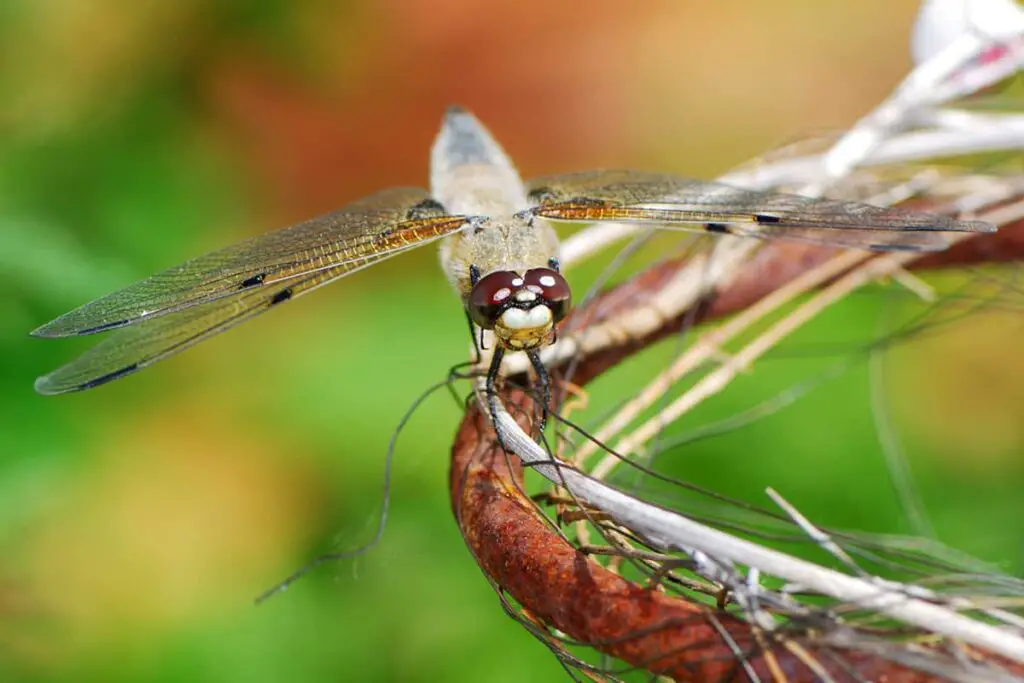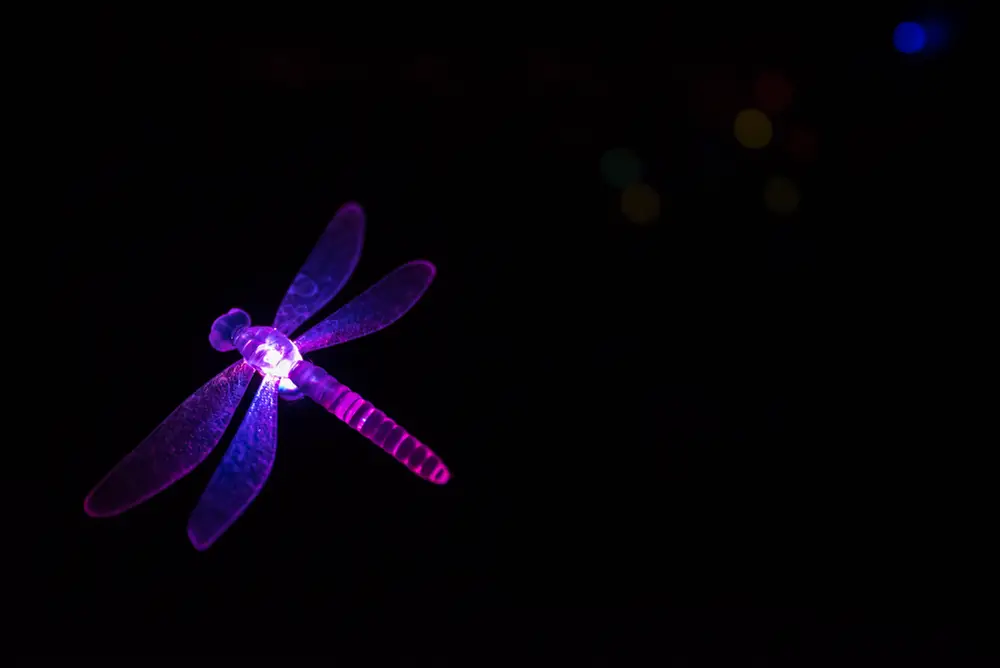Do you know the difference between damselflies, dragonflies, and mayflies? All insects belong to the order Odonata, but they have some key differences.
This blog post will discuss the differences between these three types of insects.
We will also discuss their similarities and why they are all essential ecosystem members.
What’s The Difference? Damselfly Vs. Dragonfly Vs. Mayfly
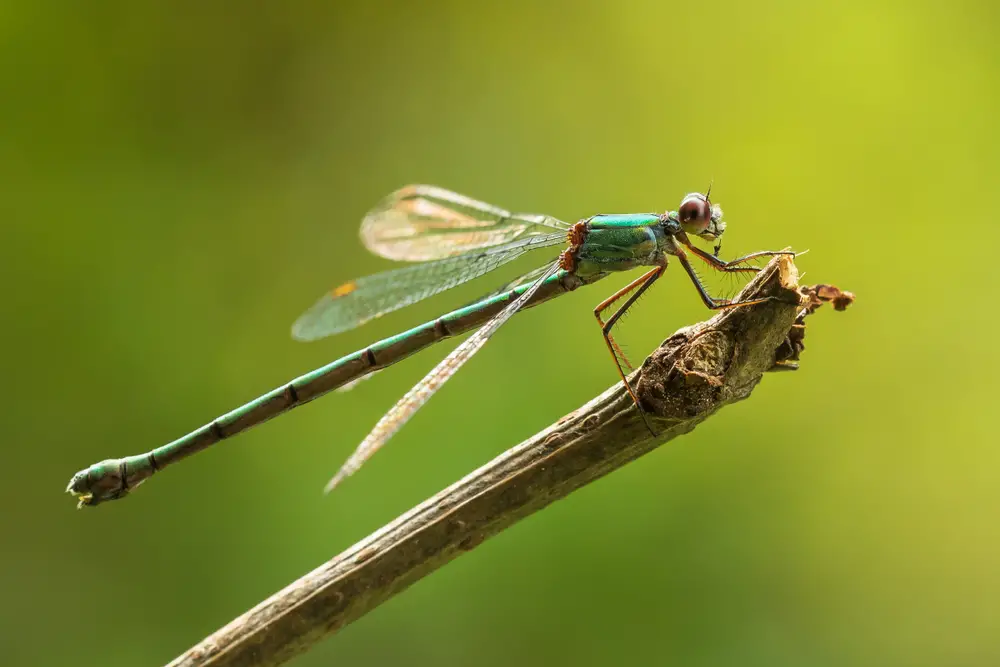
If you’re like most people, you probably use the terms “dragonfly,” “mayfly,” and “damselfly” interchangeably.
After all, they are flying insects about the same size, right? Well, not quite. Damselflies and dragonflies may look similar, but they have critical differences. For starters, dragonflies tend to be more robust, with larger eyes, heads, and bodies. Damselflies, on the other hand, are generally more slender and delicate-looking. Another difference is in their eyes: dragonflies have eyes that touch the top of their head.
In contrast, damselflies have eyes that are spaced further apart. Finally, dragonflies hold their wings out to the side when at rest. At the same time, damselflies typically fold their wings together over their body. So, next time you see one of these flying insects, take a closer look to see if it’s a dragonfly or a damselfly!
Mayflies are often mistaken for dragonflies or damselflies due to their similar appearance. However, mayflies are only found near water sources since they need water to lay their eggs. In addition, mayflies only live for a few hours after emerging.
Why Damselflies, Dragonflies, And Mayflies Are Important Members Of The Ecosystem
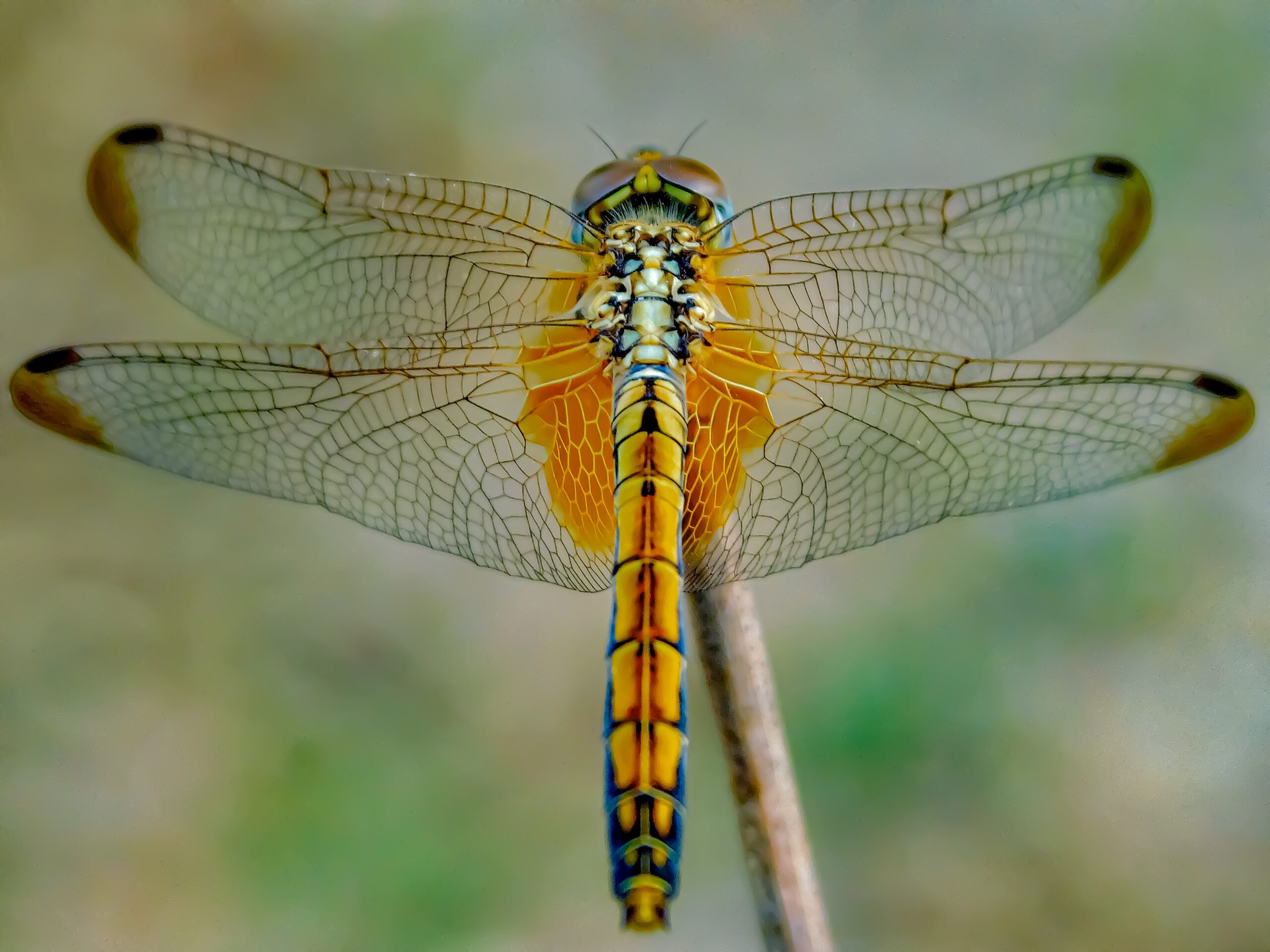
Damselflies, dragonflies, and mayflies are members of the order Ephemeroptera, a group of insects that also includes butterflies species. Although they are often mistaken for one another, these three insect groups are quite different. Damselflies are small and delicate, with long, thin bodies and large wings. Dragonflies are more giant and robust, with shorter bodies and smaller branches. On the other hand, Mayflies are tiny creatures with delicate wings and no mouthparts. Despite their differences, all three groups play an essential role in the ecosystem.
As predators, damselflies, dragonflies, and mayflies help to control population levels of other insects. They also serve as a food source for wildlife such as fish, birds, and bats. In addition, the insect’s larva is an integral part of the aquatic food web. Mayfly larvae, in particular, are a significant food source for fish. As a result, damselflies, dragonflies, and mayflies play a vital role in maintaining the health of ecosystems both on land and in water.
Read More: What Butterflies Are Good For Pets?
Similarities Between Damselflies, Dragonflies, And Mayflies
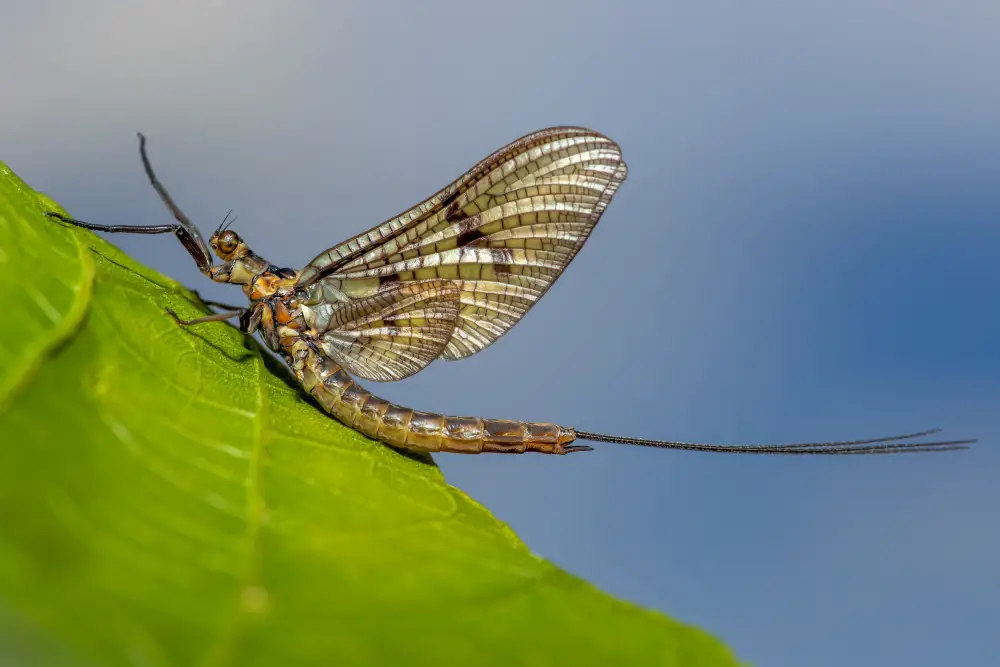
Though they may look different at first glance, damselflies, dragonflies, and mayflies have quite a bit in common. Most damselflies live in fresh-water habitats, such as ponds and streams. They spend most of their time near the water’s surface, only coming out to rest on nearby vegetation. Additionally, dragonflies and damselflies undergo a metamorphosis during their life cycle, emerging from the water as adults with wings.
Finally, all three insects are predators, using their quick reflexes to capture prey. In fact, their powerful eyesight allows them to spot potential targets from great distances.
Though they seem like simple creatures, damselflies, dragonflies, and mayflies share several similarities.
The Differences Between Damselflies, Dragonflies, And Mayflies
Did you know that there are three types of flies: damselflies, dragonflies, and mayflies? Here’s a quick rundown of the key differences between these three types of flies:
- Damselflies are small, delicate-looking insects with long, thin bodies. They are excellent flyers and are often seen near water sources.
- Dragonflies are slightly more giant than damselflies and have stockier bodies. They are also great flyers and often live near water sources.
- Mayflies are the most significant type of fly and have very short lifespans (just 24 hours!). They don’t fly well but make up for it by being great swimmers.
So, what’s the point of all these different types of flies? Well, they all serve an essential purpose in the ecosystem. For example, mayflies help to protect other aquatic creatures from predators by serving as a distraction. Dragonflies help control pest populations by eating large numbers of mosquitoes and other small insects. And damselflies help to aerate the water in ponds and lakes, which is essential for healthy plant growth.
Here are the main differences between these flies:
Wing shape
The hind wings of a dragonfly are shorter and narrower than the fore wings, while the damselfly wings are similar in size and shape to the fore wings. The wings of a mayfly are also shorter and narrower than the wings, but they are not as thin as those of a dragonfly.
Dragonflies typically have broader and more rounded hind wings than damselflies. In comparison, mayflies have narrower rear wings that are more elongated. The shape of the hind wing can affect the flight characteristics of the insect, with dragonflies being more agile in flight than damselflies and mayflies being more sluggish. The hind wing influences the overall shape of the dragonfly, damselfly or mayfly. The wing helps to give these insects their characteristic bodies, making them easily recognizable.
Body shape
Dragonflies, damselflies, and mayflies may all look similar at first glance. Still, there are some critical differences in their body shapes. Dragonflies have more prominent, bulkier bodies than damselflies, and their heads are also proportionally larger.
This gives them a more powerful bite and allows them to eat more oversized prey items. On the other hand, Damselflies have narrower bodies that enable them to fly more quickly and agilely. Mayflies have the three most distinctive body shapes, with a long tail section that helps them balance in the water when they land. These tails also give mayflies extra thrust when they take off from the water’s surface. Although they may look similar, dragonflies, damselflies, and mayflies all have different body shapes that suit their individual lifestyles.
Conclusion
So, what’s the point of all these different types of flies? Well, they all serve an essential purpose in the ecosystem. For example, mayflies help to protect other aquatic creatures from predators by serving as a distraction. Dragonflies help control pest populations by eating large numbers of mosquitoes and other small insects. And damselflies help to aerate the water in ponds and lakes, which is essential for healthy plant growth.
So next time you see a fly, take a closer look – you might just get amazed by how they look.
Keep Reading:
Driven by a passion for those tiny creatures that rule our world, we at Bug Domain strive to be your go-to resource for information on insects.


